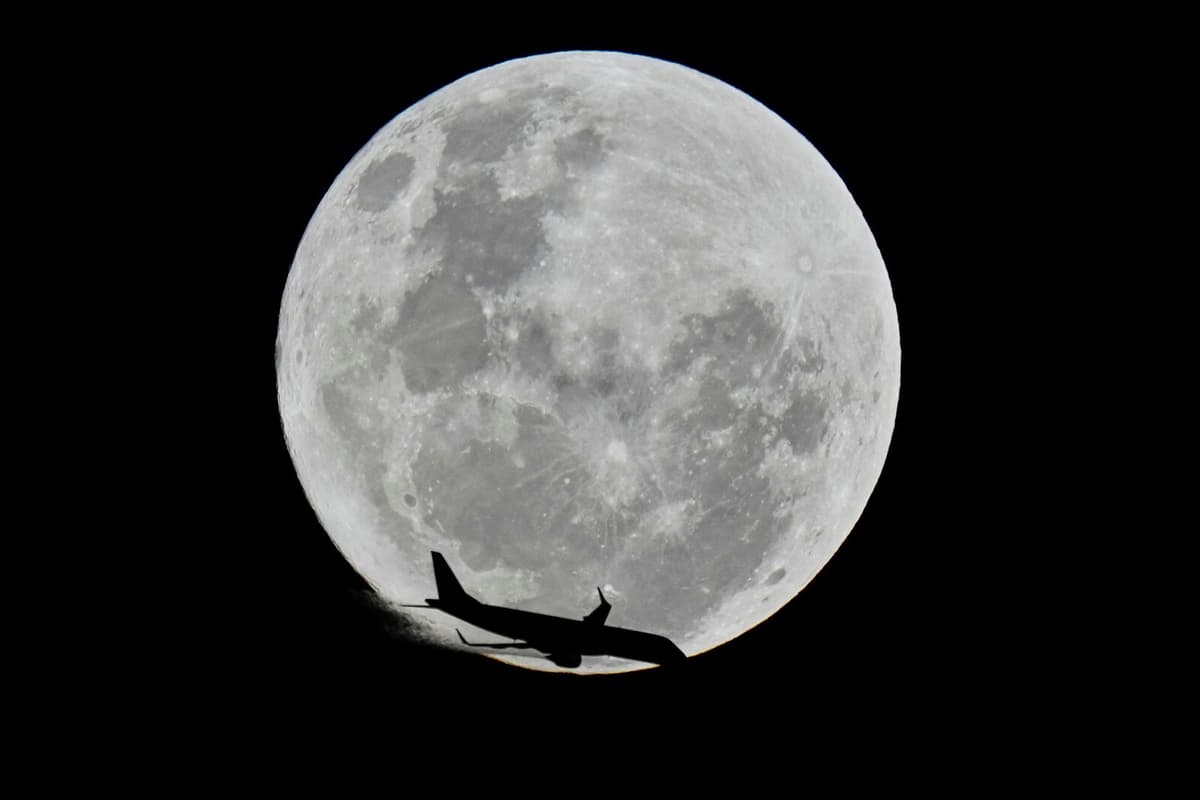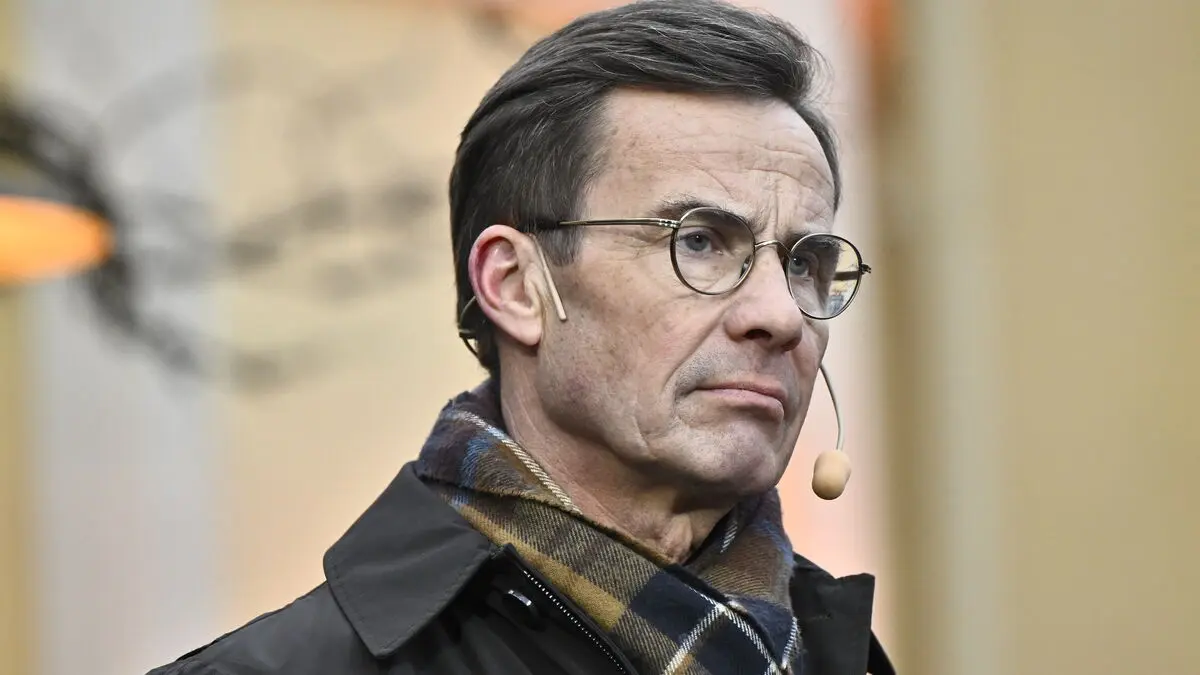It's about winning the second space race, says an informed source at Nasa anonymously to Politico.
There is a general concern in the Western world that China is gaining a technological advantage in many areas, including in space.
The plan to build a reactor on the moon has not been officially presented yet, but would be the first major investment from Duffy as Nasa's new chief. He is controversial because he is already the transport minister, and was nominated quite abruptly by Donald Trump earlier this summer – politicians in Washington are wondering how he will handle two such heavy jobs at the same time.
Nasa has looked at the reactor idea before. So far, the probes that humanity sets down on the moon's surface are powered by solar cells and batteries. The point of a nuclear reactor would be that it could deliver electricity even during the moon night, which can be over 14 Earth days long.
A springboard
As always in space contexts, it's about keeping weight and size down. The reactor Nasa is now seeking proposals from the industry for should be a micro-variant with a capacity of only 0.1 megawatt. A nuclear reactor here on Earth is often around 1,000 megawatt, i.e. 10,000 times larger.
But the idea is to be able to provide reliable power to a smaller moon base. The USA has previously presented plans that the moon can become a kind of springboard to Mars – i.e. that one first lets astronauts build up a base on the moon, with the aim of being able to make expeditions to the more interesting Mars from there in terms of research and exploitation.
China can gain the upper hand
The information comes after Duffy met with Dmitrij Bakanov, head of the Russian state space agency Roskosmos, last week – the first space meeting at such a high level between the countries in over seven years.
The USA and Russia are the most important participants in the International Space Station (ISS) cooperation, a human foothold in space that is now singing its last verse. In the USA, there is a concern that China will gain the upper hand through investments in its own space station when the ISS is taken down in a few years.
This also applies to the moon, where China's goal is to get the first humans in place by 2030.





